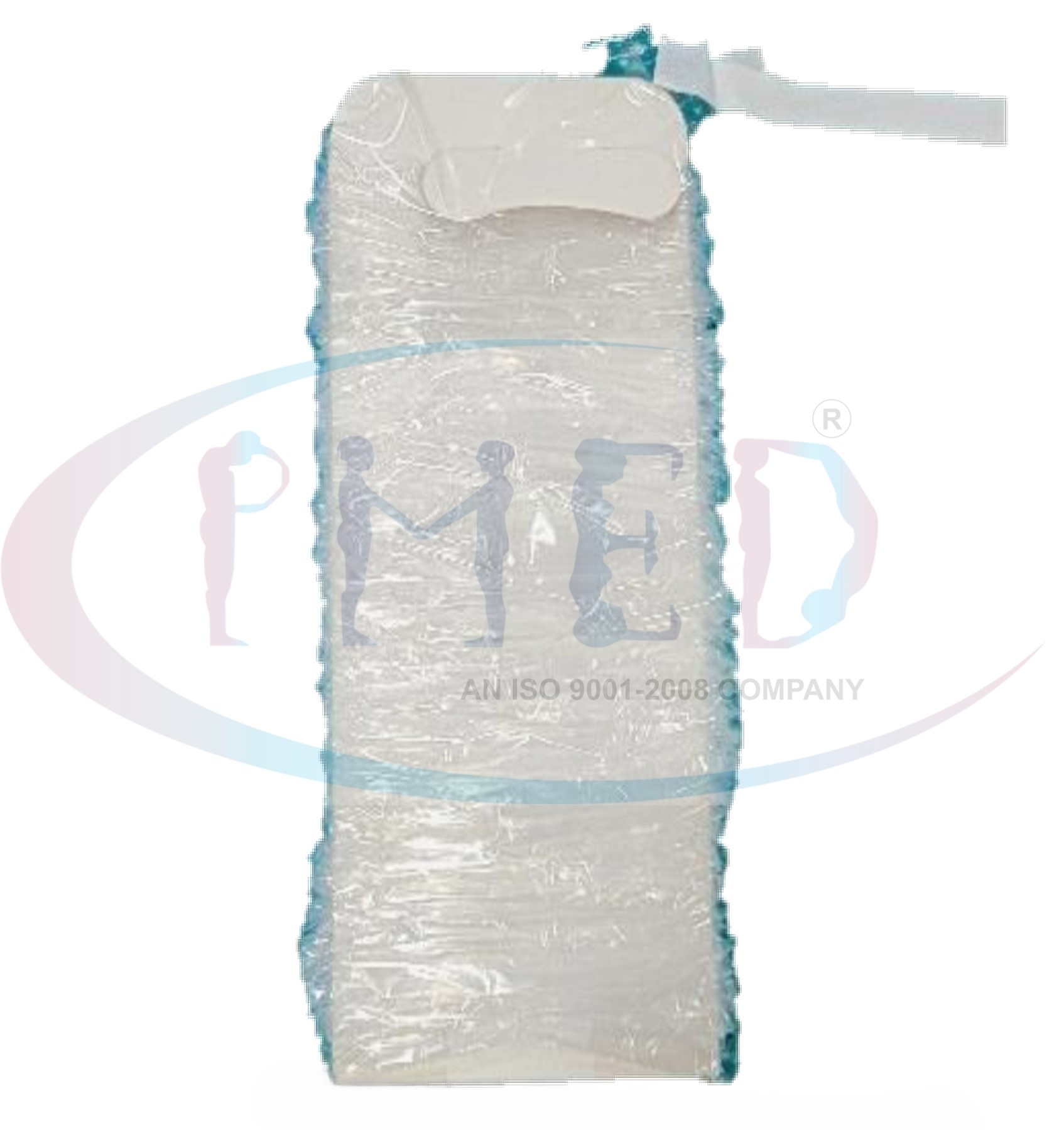Customer Support
+919871596367
Connect With Email
info@prakharmedics.com

Blog Post
Patient Safety


Patient safety refers to the prevention of harm to patients during the provision of healthcare. It encompasses a broad range of practices, policies, and measures aimed at minimizing risks, errors, and harm to patients while ensuring high-quality healthcare. Here's a detailed description of key components of patient safety:
1. Error Prevention:
- Medication Safety: Implementing systems to reduce medication errors, such as electronic prescribing, barcode medication administration, and double-checking procedures.
- Surgical Safety: Using surgical safety checklists, time-outs before procedures, and ensuring the correct patient, procedure, and site to prevent surgical errors.
- Standardized Protocols: Developing and adhering to standardized clinical guidelines and protocols to minimize variations in care and prevent errors.
2. Infection Control:
- Hand Hygiene: Promoting rigorous hand hygiene practices among healthcare providers to prevent healthcare-associated infections (HAIs).
- Sterilization and Disinfection: Ensuring that all instruments and environments are properly sterilized and disinfected.
- Isolation Procedures: Implementing isolation protocols for patients with contagious diseases to prevent the spread of infections.
3. Patient Identification:
- Accurate Identification: Using at least two patient identifiers (e.g., name and date of birth) to ensure that the right patient receives the right treatment or procedure.
- Wristbands: Utilizing wristbands with barcodes or other identifiers to enhance accurate patient identification.
4. Communication:
- Clear Communication: Ensuring clear and effective communication among healthcare providers, especially during handoffs and transitions of care.
- Patient Education: Educating patients about their conditions, treatments, and medications to enable them to participate actively in their own care.
- Family Involvement: Involving family members in care discussions and decisions to improve understanding and adherence.
5. Safety Culture:
- Reporting Systems: Establishing non-punitive reporting systems for healthcare providers to report errors, near misses, and adverse events.
- Continuous Learning: Promoting a culture of continuous learning and improvement where healthcare teams regularly review and learn from errors and near misses.
- Leadership Commitment: Ensuring that healthcare leadership is committed to patient safety and allocates the necessary resources for safety initiatives.
6. Patient Monitoring:
- Vital Signs Monitoring: Regularly monitoring patients' vital signs and using early warning systems to detect and respond to clinical deterioration.
- Technology: Utilizing advanced technologies such as electronic health records (EHRs), clinical decision support systems (CDSS), and remote monitoring tools to enhance patient monitoring.
7. Risk Management:
- Risk Assessments: Conducting regular risk assessments to identify potential safety hazards in the healthcare environment.
- Incident Investigation: Investigating incidents thoroughly to understand root causes and implement corrective actions to prevent recurrence.
- Proactive Safety Measures: Implementing proactive safety measures such as fall prevention programs, pressure ulcer prevention protocols, and safe patient handling practices.
8. Quality Improvement:
- Performance Metrics: Tracking and analyzing performance metrics related to patient safety to identify areas for improvement.
- Quality Improvement Programs: Engaging in continuous quality improvement programs that focus on enhancing patient safety and care quality.
- Accreditation and Certification: Seeking accreditation and certification from recognized bodies (e.g., The Joint Commission) to ensure adherence to high standards of patient safety.
9. Patient Rights:
- Informed Consent: Ensuring patients are fully informed about their treatment options, risks, and benefits, and obtaining their consent before proceeding.
- Confidentiality: Protecting patient privacy and confidentiality by adhering to laws and regulations such as the Health Insurance Portability and Accountability Act (HIPAA).
10. Emergency Preparedness:
- Emergency Protocols: Developing and regularly updating emergency protocols to handle crises such as medical emergencies, natural disasters, or pandemics.
- Training: Conducting regular training and drills for healthcare staff to ensure readiness to respond effectively to emergencies.















0 Comments